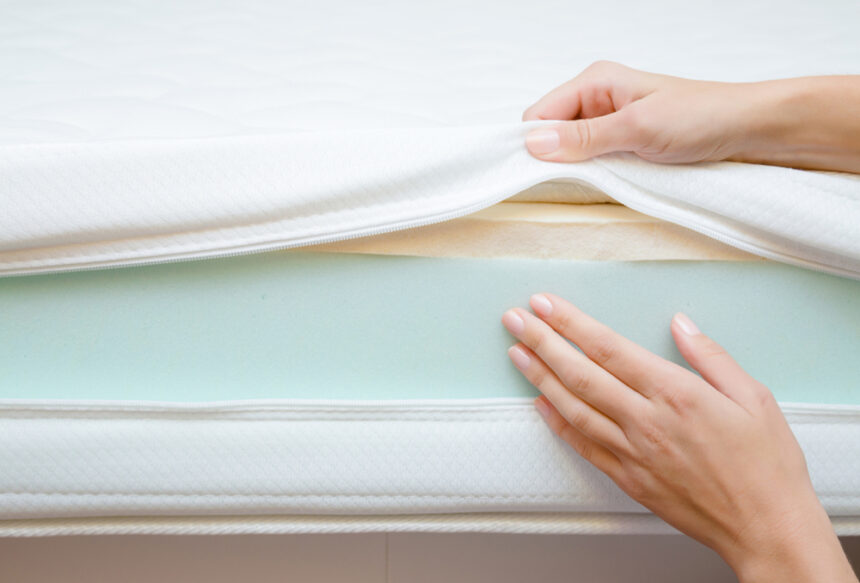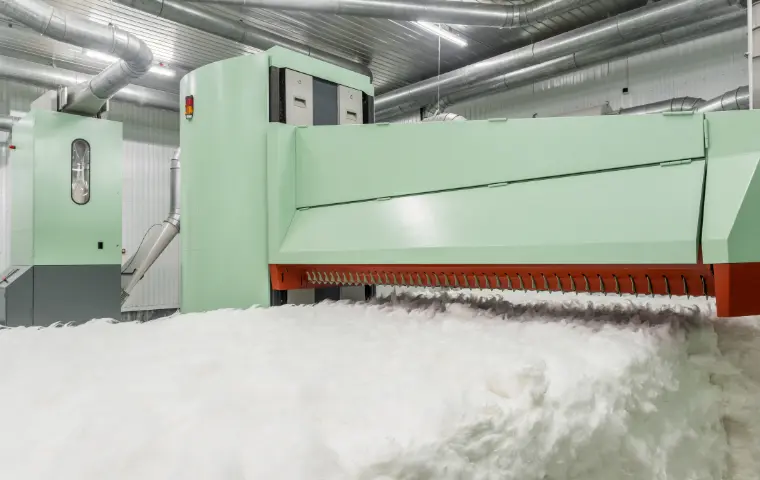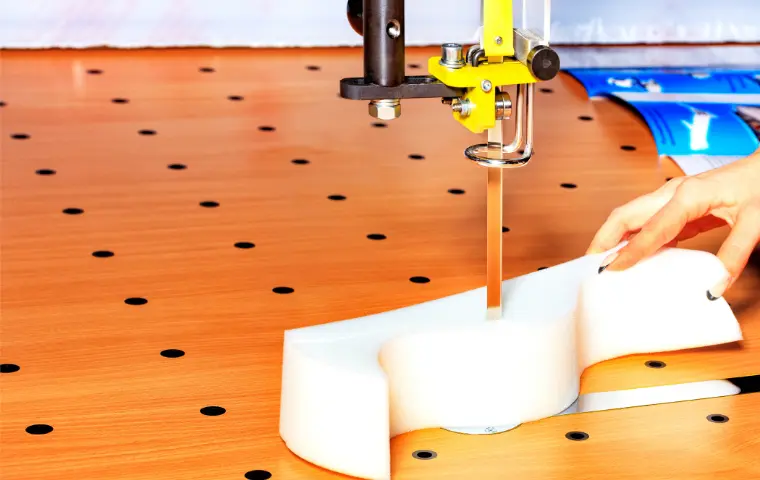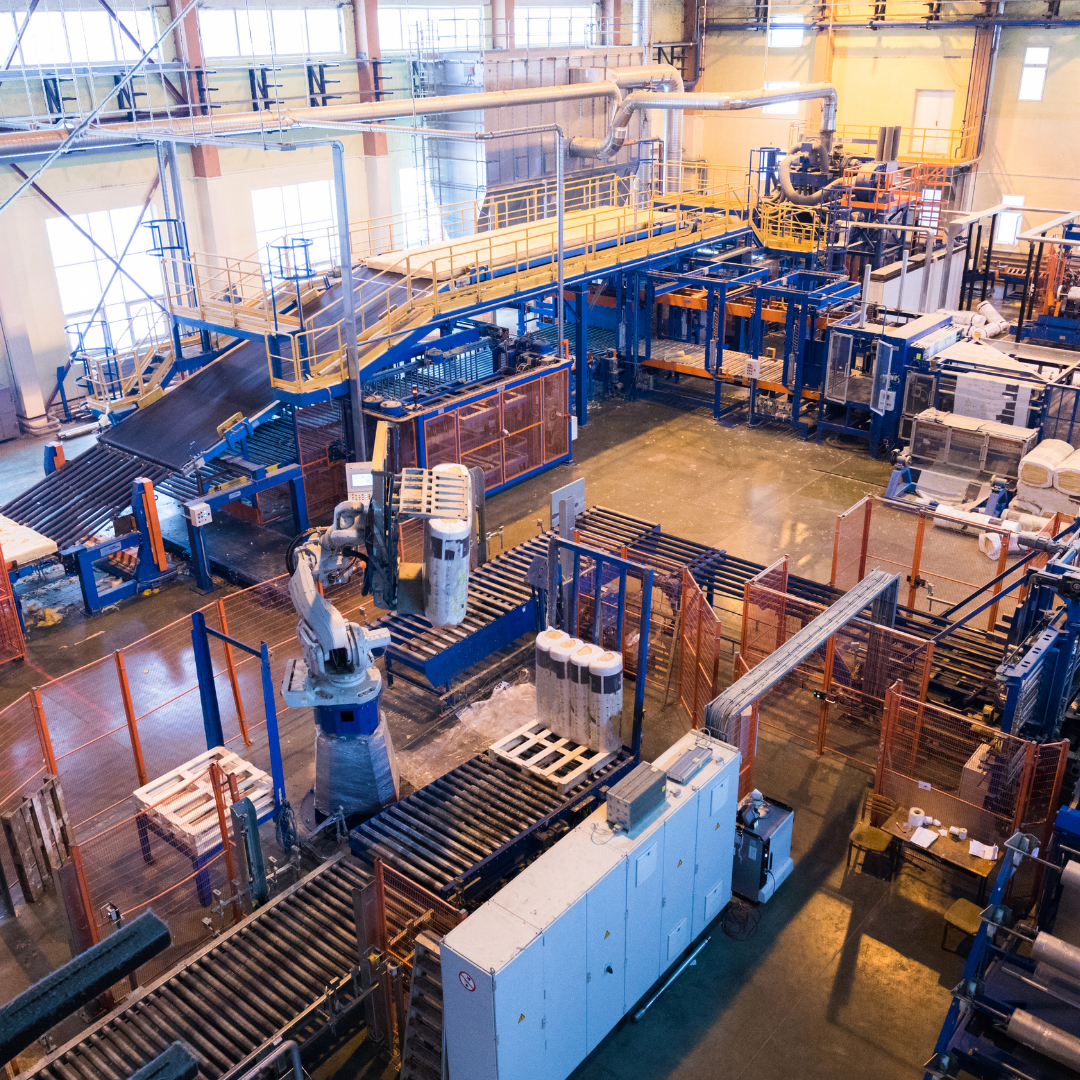If people ask questions about which foam is better, it is essential to understand that Memory foam itself is PU foam, also called viscoelastic foam. In reality, the chemical ratio and density decide the nomenclature of foams.
Talking about this, Polyurethane, memory, and latex are the three most widely used foams, especially across the furniture industry, to make mattresses. Let us consider it more carefully to decide which mattress would enhance your happy sleeping hours.
The Polyurethane Foam Mattress
PU foam mattress, also called polyfoam, is one of the most common types of foam used in mattress making. In innerspring mattresses, it is frequently used as an upper comfort layer. However, a large block of foam can be utilised on its own as a polyurethane foam mattress. Although the density and stiffness of polyfoam can be adjusted to some extent, denser foams usually cost more since more resources are needed. Because they are both well-known and affordable to produce, polyfoam mattresses account for the majority of the worldwide mattress market.
Polyurethane foam is available in three primary grades. These come in the standard grade, high density, and high resilience. High density and regular grade are unsuitable for a full mattress. Instead, they are frequently used as layers when making other mattresses. The high resilience grade of PU foam is significantly better. It has a substantially more significant support factor than the two grades and is processed slightly differently.
The Memory Foam Mattress
Memory foam is a polyurethane foam with additives that change how it feels. It is sometimes referred to as viscoelastic polyurethane foam or Tempurpedic foam. This gives it the “slow-moving” characteristics for which this foam is known. Compounds from petrochemicals make up the majority of its structure. It softens and conforms to your shape using the heat from your body. This offers outstanding comfort and support. When pressure is released, it will slowly rebound, and over time, it will recall your body form and the best posture for sleeping, thus the name “memory.”
Its densities can vary significantly, with a higher density typically being more dependable and of higher quality. Online retailers sell a tonne of low-density, extremely cheap memory foam toppers. Also shared in mattresses is this low-density, low-cost foam.
It is the best material for those who share a bed because it is more motion-isolating and quieter to sleep in. Additionally, thermal reactive memory foam absorbs heat and softens as it warms up. Thus the foam gets softer and sinks as it warms further from your body. Memory foam mattresses often come piled with a mixture of rigid polyfoam and cooling gels to address this problem.
What Differentiates PU Foam And Memory Foam
The primary difference between them is that memory foam contains extra chemicals that make it denser and viscous. Despite having a chemical connection, they feel very different from one another. Compared to memory foam, PU foam is far more “bouncy” or springy. On the other hand, Memory foam is recently gaining worldwide popularity due to its orthopaedic benefits as a novel solution for extreme comfort.
Key Takeaway
Memory foam users feel as though they are “in” the mattress, but polyurethane foam users prefer to be “on” the mattress. This sensory difference is crucial when comparing it with polyurethane foam. Any foam that is created using polyol and isocyanate is referred to as polyurethane foam. These include memory foam, high-resilience foam, and high-density foam, among many others. Santech Machines is a market leader in providing premium PU foam machines built on cutting-edge German technology and meeting industry quality standards.




